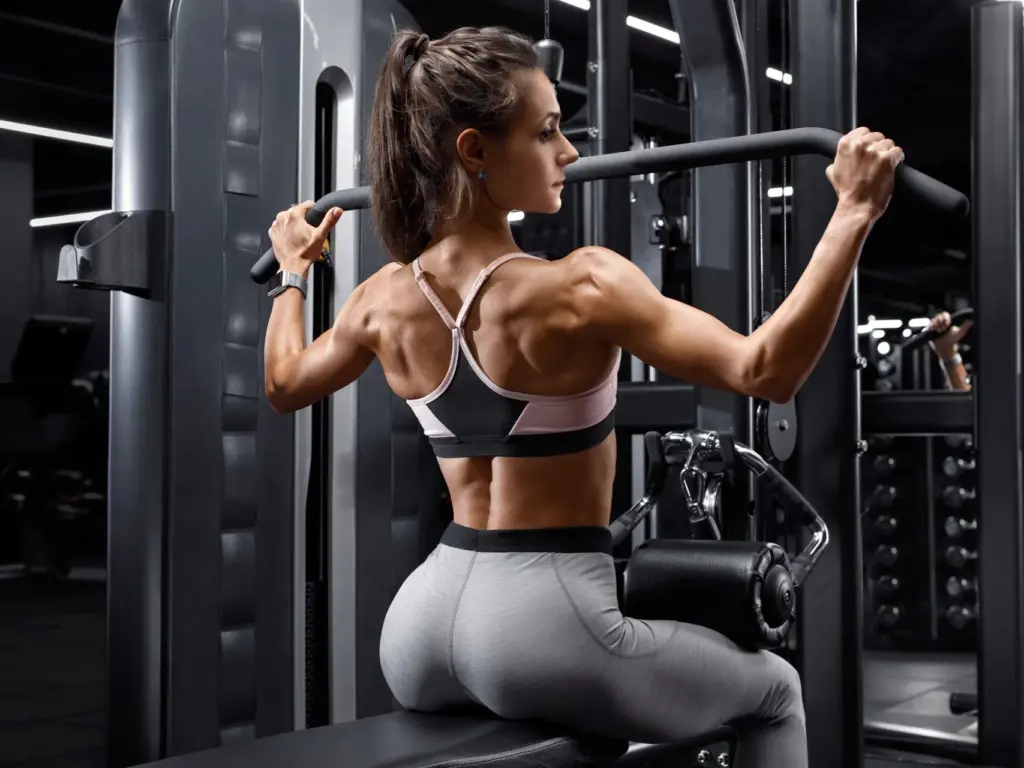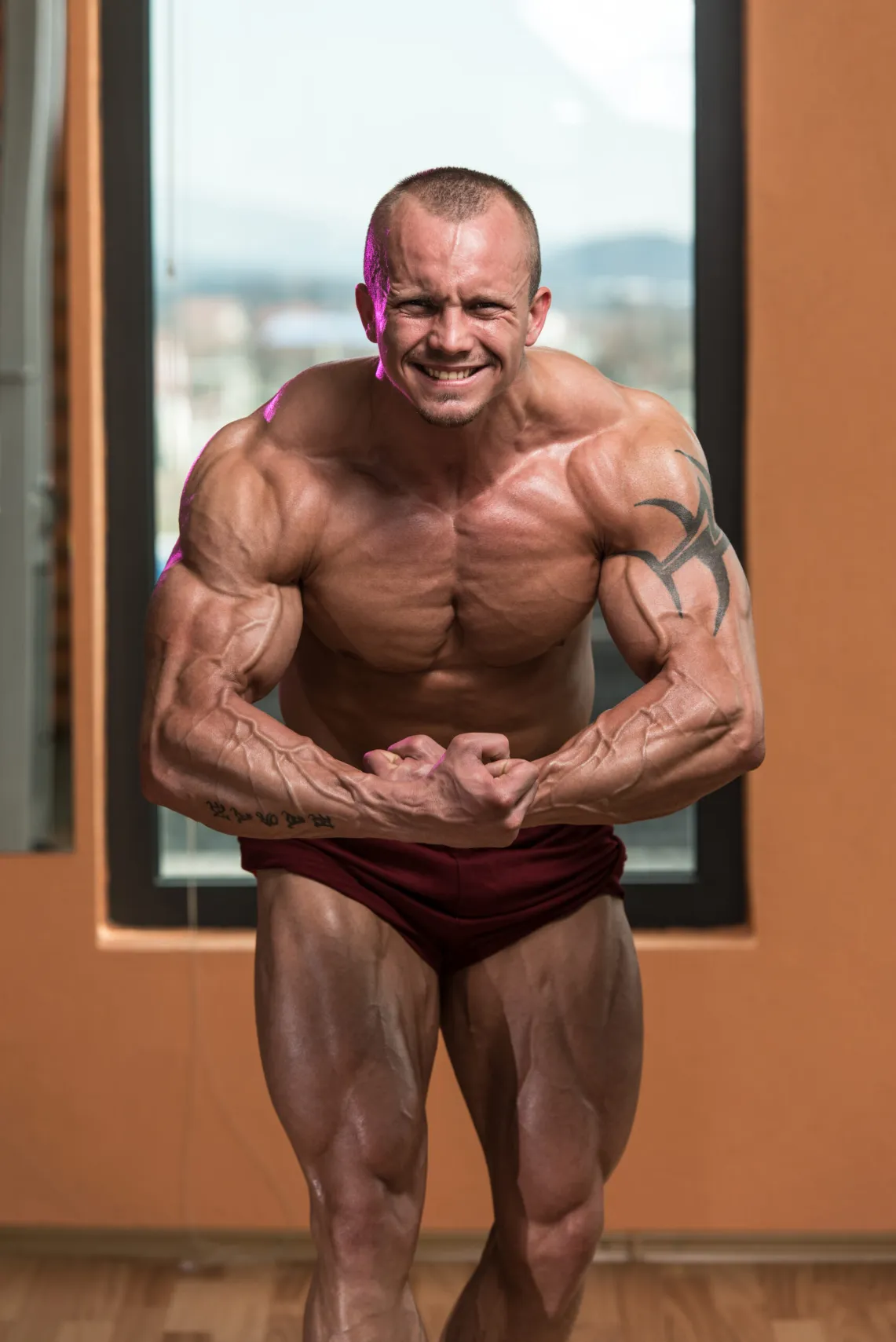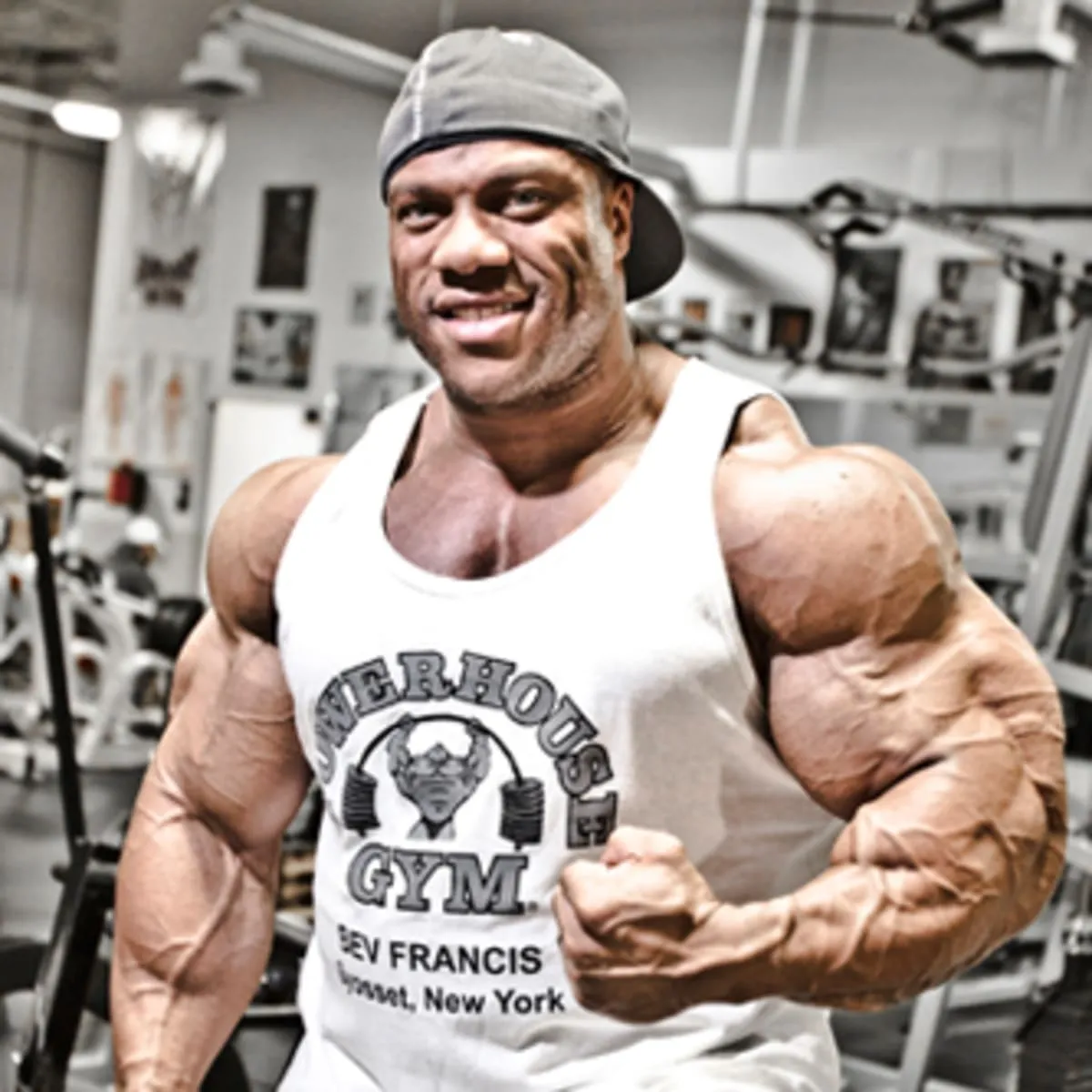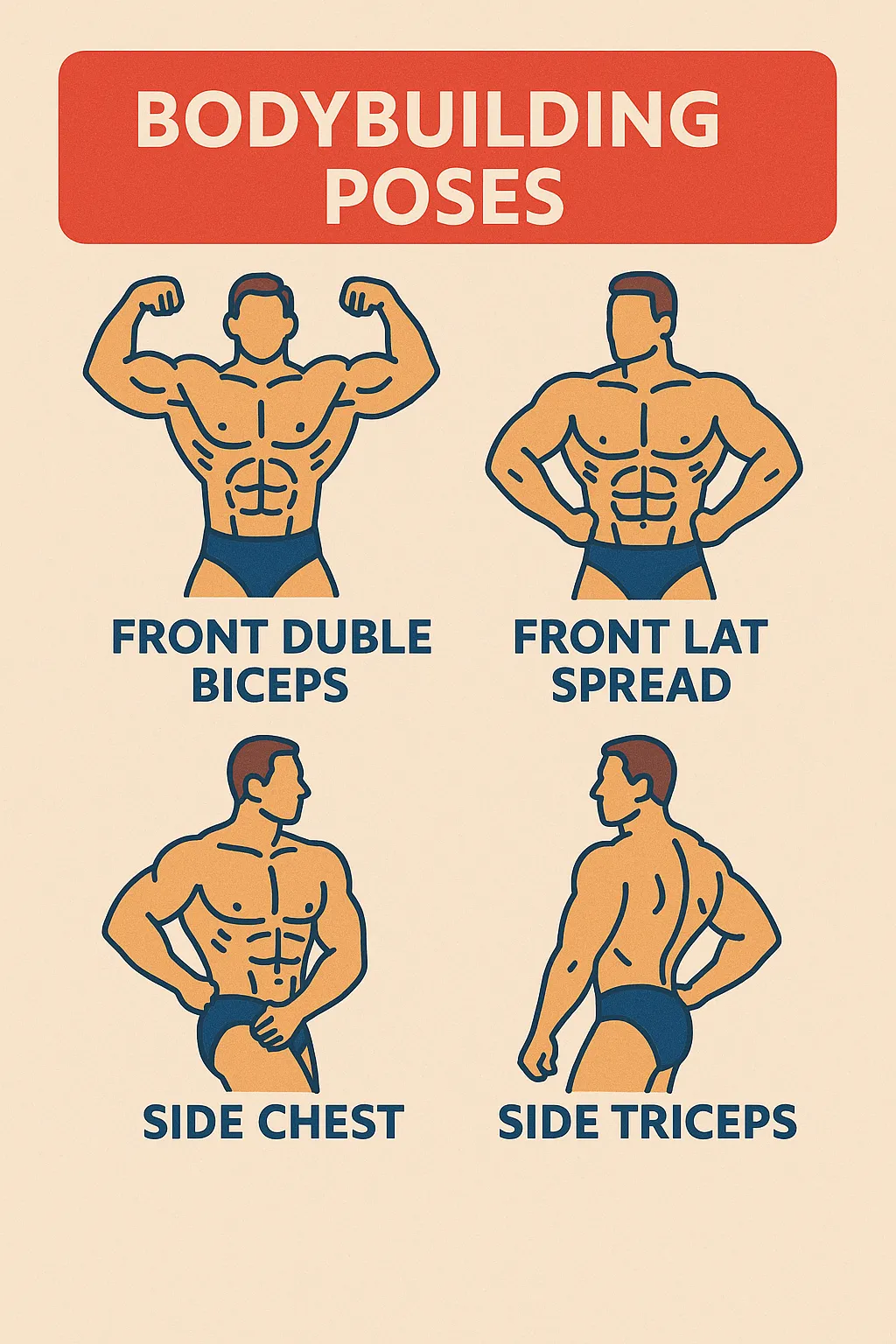Most people think soreness is the biggest indicator of a great workout. You’ve probably heard the saying “no pain, no gain” at one time or another.
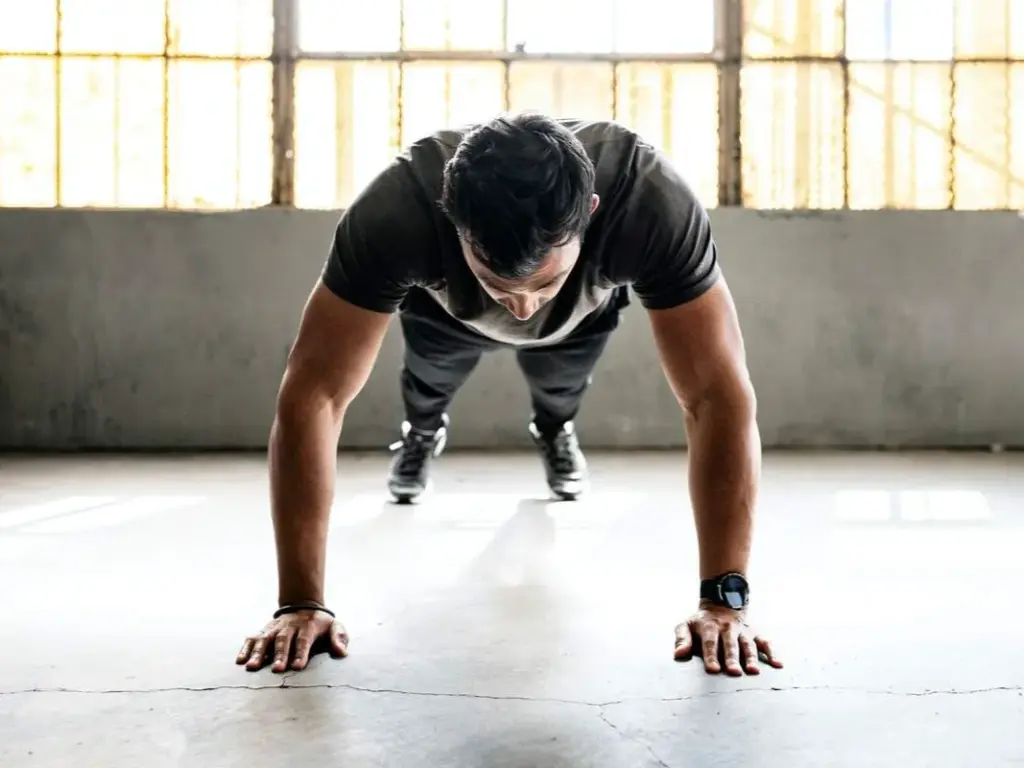
What if you’re not sore after working out, though? Does this imply that you’re not going to gain muscle? This article will discuss muscle soreness and growth so you can decide whether you’re improving even without the pain.
What Do You Know About Pain in the Muscles?
Muscle soreness, also known as delayed onset muscle soreness (DOMS), typically occurs following a physically demanding or unfamiliar activity. It is caused by microscopic tears that form in your muscle fibers during exercise. Your muscles grow larger and stronger as your body heals from these tears.
Yet, there are other indications of a great workout aside from pain. Indeed, pain is merely one of the several factors that contribute to muscle growth.
The Science of Muscle Growth
Muscle growth is referred to as muscular hypertrophy. As you weightlift or perform resistance exercises, your muscles undergo stress. The stress causes the microtears discussed above. Your body heals the tears and makes your muscles stronger.
Crucial Elements of Muscle Building
• Progressive Overload: This entails constantly raising the amount of weight or resistance you apply during exercises. So long as you continue to use your muscles, despite the pain they may have afterward, they will adapt and grow larger.
• Nutrition: Proper protein must be consumed to build and repair muscle. Your body may recuperate from muscle gain in the event that you ingest enough calories as well as nutrients.
• Rest and Recovery: Muscles rebuild and grow over time. As overtraining can negate your gains, balance sessions with adequate rest.
• Workout Regularity: Strength training must be performed on a regular basis. If you maintain a routine, the body will adapt and become stronger over time.
The Myth of Soreness
Pain is generally a sign of effectiveness. Pain is not always an indicator of muscle growth, but it is a sign of hard work. Some reasons follow:
Adaptation: As you get more experienced, your body gets used to the activities. This implies that you may not feel soreness after doing activities that used to cause pain.
Workout Type: The level of pain varies depending on the type of exercise. For example, although endurance training does not exhaust you, it can still foster muscle growth.
Individual Differences: Every individual’s body responds uniquely to exercise. Numerous factors, including your age, fitness level, and genetics, influence the degree of soreness you feel after a workout.
Signs That Your Muscles Are Developing Painlessly
Don’t worry if you’re not sore! The next are also indications of muscle growth:
• Increased Strength: If you can lift more weight or perform more reps than before, your muscles are clearly growing and responding.
• Changes in Body Composition: If you can see more muscle definition in the mirror, your clothes fit differently, or you’re just not sore, you’re more than likely building muscle.
• Greater Endurance: If you can exercise for longer periods of time or if you are less tired after exercising, your muscles are becoming stronger and more efficient.
• Better Recovery: If you are recovering from exercises faster, your muscles are adapting and becoming stronger.
How to Develop More Muscle Without Pain
Even if you are not experiencing pain, keep the following in mind to build more muscle:
1. Eat First
Eat a lot of protein, good fats, and carbohydrates. Protein is very beneficial for muscle recovery. Eat a quality meal after your workout to allow your body to get the nutrients it needs.
2. Add Variety
Switch up your workouts on a consistent basis. This can be done by attempting new exercises, rep range variation, or workout splits. You are challenged and your muscles are stimulated by variety.
3. Track Your Progress
It helps to keep a workout journal. This will allow you to track your lifts, your reps, and any physical change. Even if pain does not have a problem, this can help you track your progress over time.
4. Take Care of Your Recovery
Make sure to allow your muscles enough time to recover. This involves drinking plenty of water, getting enough sleep, and perhaps planning active recovery days.
Final Thoughts
In conclusion, even if you are not sore after a workout, you are still building muscle. Muscle soreness is a mild symptom of a much larger problem. To know that you are on the right track, focus on progressive overload, proper diet, consistency, and recovery.
Since muscle building is a long-term endeavor, if you’re pushing yourself and sticking to a consistent regimen, you’re probably improving sore or not. Just keep at it and enjoy the process of becoming a stronger, tougher version of yourself!

